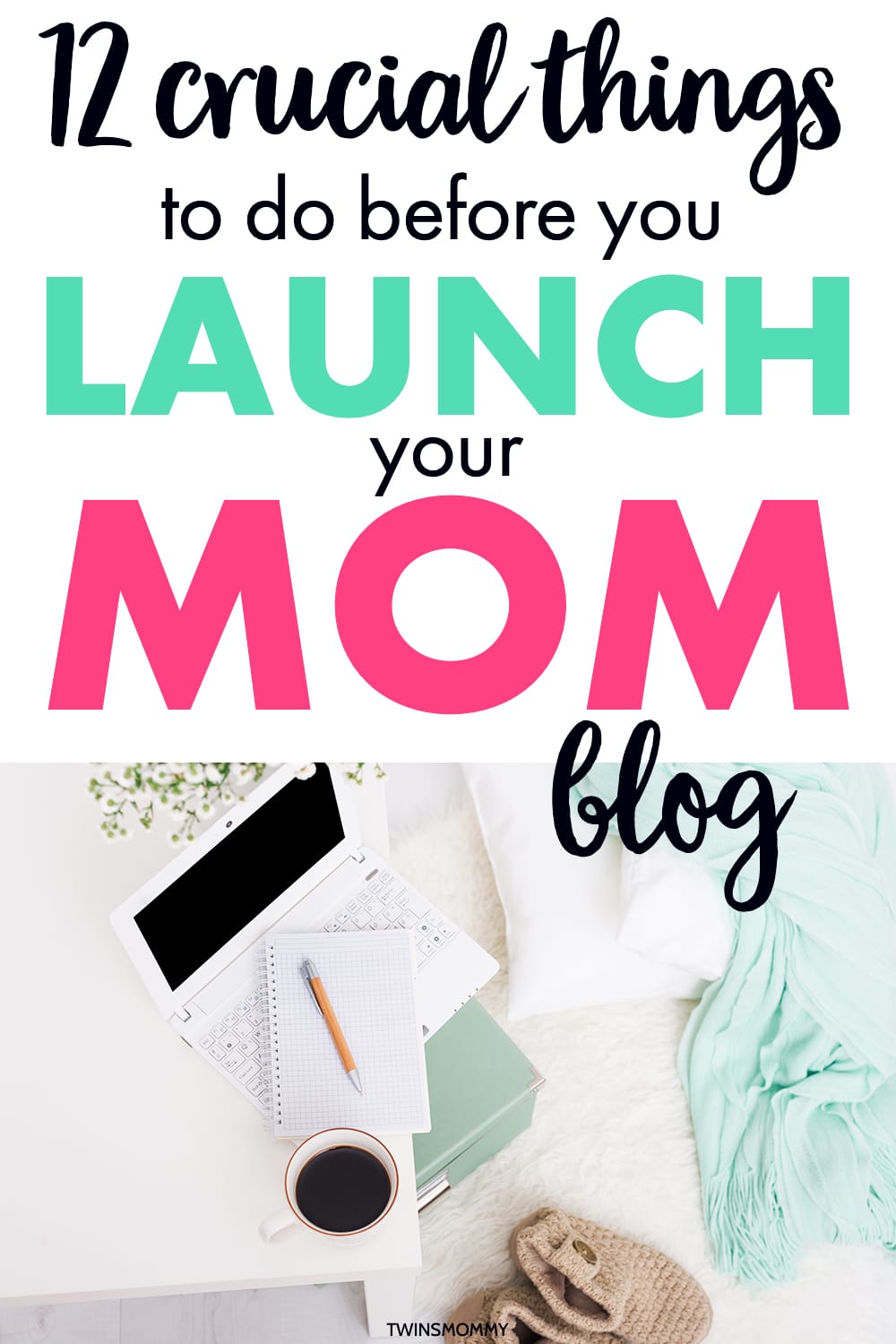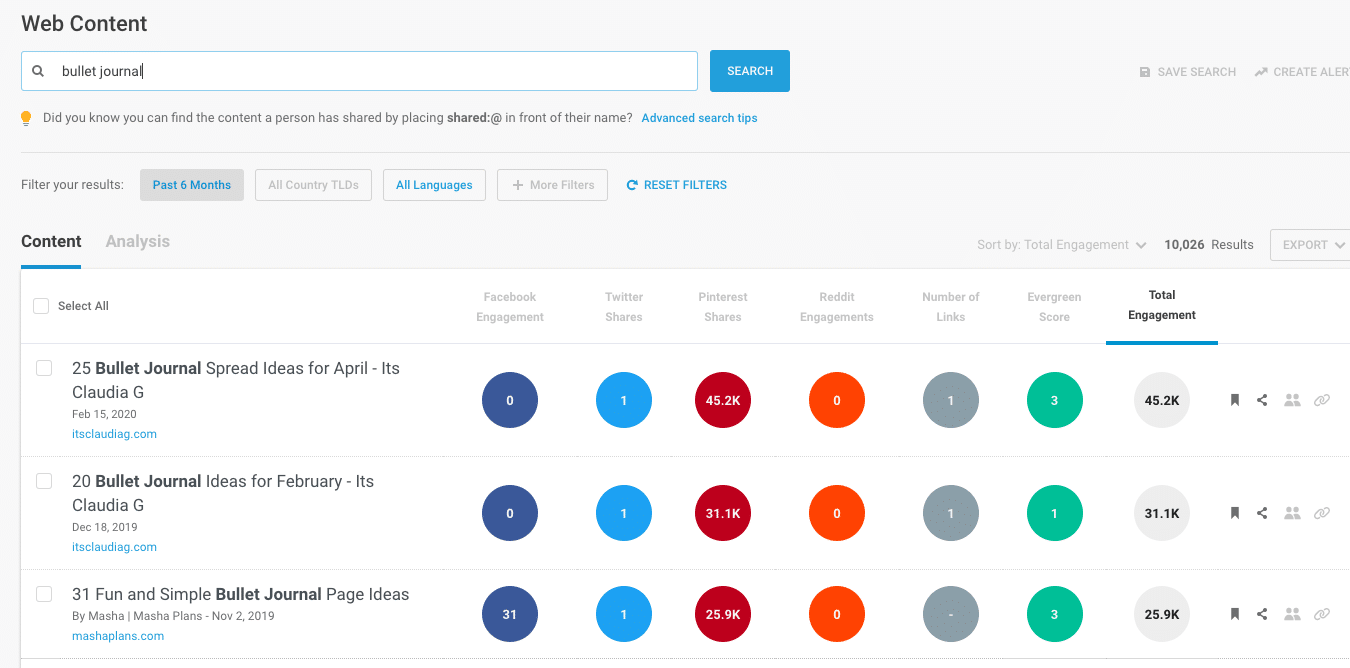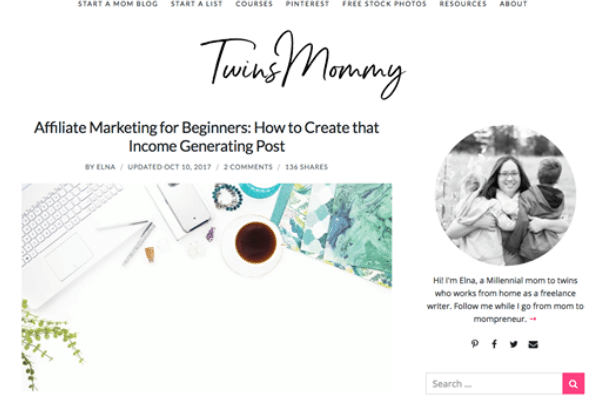 Are you ready to launch your blog, mama?
Are you ready to launch your blog, mama?
It may seem that having a site and a few articles is enough to get started in the blogging world but there are steps you should be taking before you even launch your blog.
You may be anxious to join this awesome community of mom bloggers but, trust me, the more effort you put into your blog before you launch, the more success you will see.
Haven’t set up your blog yet?
Check out my post How to Start a Mom Blog to get started!
If your blog is set up – and you’re raring and ready to go – here are 12 crucial things you should to before launching your blog:
1. Choose Your Niche
Your niche is a very important part of your blog. It’s the topic you will focus your content on that will help you grow a following quickly.
When visitors land on your page and absolutely LOVE your post, they will check out the rest of your site for similar content. The longer you can keep a reader on your blog, the better!
The longer they stay on your site, the more likely they will subscribe to your list. If they love your content, they will keep coming back.
To figure out your niche, think about what you are passionate about. You should also consider what problem you wish to solve for your audience.
You can learn more about finding your niche in my post here.
Just remember, don’t feel that you have to have the PERFECT blog niche. Pick a few topics if you’re struggling and after blogging in those topics for a while you will get an idea of which topic:
- You enjoy writing about
- Your audience loves reading about
- Has the potential to make money
2. Understand Your Audience
Knowing your blog audience is a crucial step in growing, and even monetizing, your blog. These are the people that visit your blog, leave comments, share posts and subscribe to your email list.
In order to figure out who your target audience, look at yourself!
You’re writing this stuff. You’re addressing the problem. You’re sharing your passion.
You are the type of individual who wants to read the content you are creating. Knowing this means that you know the average age range, gender, interests and other characteristics of your target audience.
You can get an even better sense of who your audience is (and the problems they need solved) by visiting Facebook groups that focus on your niche or by following people like yourself on Twitter and/or Pinterest. Pay attention to the type of content they are sharing.
Once you determine who your audience is, you can then design your blog and write content that appeals to them – turning them into loyal visitors and, eventually, customers!
3. See What’s Popular in Your Niche
While you don’t want to copy what other people are doing, there is nothing wrong to see what works for others in your niche.
Take some time to see what is already popular. You can do a Google search of your niche and see what the top results are. You can also use a tool such as Buzzsumo to check out what kind of posts are successful in your niche.
To use Buzzsumo, visit the site and enter a topic or niche in the search bar. The results will show you which blog posts have gotten the most shares.
For example, here’s the results for “bullet journal.”

You can easily tell that Pinterest is the BEST platform to share your bullet journal ideas.
You can also use Pinterest by searching for the topic or niche there. The top results will give you an idea of which topics are popular in your niche.
Don’t forget to actually read these articles to get a sense of what information is being shared and how it’s being presented.
Just be sure not to copy other people’s content. This whole exercise is just to get an idea of what is popular in your niche.
It’s also a great way to find content ideas!
4. Define Your Brand
Your brand is the image you want to present to your audience when they visit your blog. This includes your blog’s name, niche, theme (layout, color palette, graphics) and tone.
I’ve changed my Twins Mommy look a lot. I even was thinking about stripping color and being more monochromatic!

You want to give your blog’s name some serious thought – it should reflect who you are and what your blog is about.
I know finding the perfect blog name can be challenging. If you’re struggling with this step, check out my post with some super easy blog name ideas for your blog!
Knowing your niche is also very important at this point. It will help determine the look and tone of your brand.
For example, if you are blogging about infertility challenges for moms, you may want a more subdued color scheme as well as a serious tone in your writing.
Alternatively, a blog about homeschooling could have a vibrant color palette and be written in a playful voice.
These are not hard and fast rules but you should think about the personality you want to convey on your blog. This will help you figure out what kinds of colors to use and how personable to make your content.
5. Set Blogging Goals
You can’t reach success with your blog if you don’t know what that success looks like. Are you looking to monetize your content? Sell a course? Sell a product? Earn money through affiliate marketing?
In order to focus the time and energy you put into your blog, you need to have a long-term goal.
And in order to reach those long-term goals, you need to have a plan. Here are some short-term goals you can work on:
- Content Goals. You should figure out how often you want to post new content. This includes blog posts, emails, social media posts, podcasts, etc.
- Promotion Goals. Think about where you want to promote your blog (Facebook, Pinterest, etc.) and figure out the strategies to use on each platform.
- Time Management Goals. You want to make sure you have the time to focus on growing your blog. You can do this by developing a workflow – creating a to-do list, structuring your day and scheduled tasks on a weekly basis.
For more details on how you can set goals for your blog, check out my post Goal Planning Ideas for Bloggers.
6. Create an About Page and Contact Form
A large part of attracting viewers to your page and converting them into a loyal audience is building trust. When they trust you, they listen to what you say.
An about page helps to build a connection with your audience by introducing who you are and how your blog will help them. It’s a chance for you to talk directly to your audience and establish a relationship with them.
My About page shares my story as a mom and mom blogger.

Once you do that, you need to show them that your blog is the blog for them. This is what will keep them coming back.
You also want to make sure your blog has a contact form so your visitors can get in touch with you. This opens the door not only for building trust but for potential collaborations as well.
Along with a contact form, you can include links to your social media profiles as well as your e-mail address.
7. Add a Subscription Form
In order to build a subscriber list you, of course, need a subscription form for visitors to fill out.
Creating an email list allows you to connect to your visitors on a personal level. When they sign up for updates, you can deliver a little piece of yourself to their inbox with every email. You can also give readers an opportunity to connect with you directly.
To add this form, you want to start with an Email Service Provider (ESP) such as ConvertKit. It allows you to collect email addresses as well as automate email series’ (such as a welcome series) and schedule messages to your list.
Once you have the form on your site, you can use these tips and tricks to start growing your email list!
8. Set Up Google Analytics
You may still be in the early days of having a blog, but paying attention to your traffic right away is important.
When you know how many viewers you are getting per month and where your traffic comes from, you can begin to build your list and grow your income.
The best blogging tool you can have in your belt for keeping track of your traffic is Google Analytics – and it’s absolutely free to use!
To get Google Analytics set up, check out this tutorial on my YouTube Channel.
Google Analytics is a very complex system of traffic metrics. Instead of getting lost in the information it provides, focus instead on these metrics:
- Page Views. Go to Audience > Overview. Here you can see how many people have visited your site as well as how long they stayed.
- Source of Traffic. Go to Acquisition > All Traffic > Source/Medium. You can either take advantage of your top source of traffic or implement strategies to increase traffic from other sources.
- Popular Posts. Go to Behavior > Site Content > All Pages. When you know what your audience is reading, you can base more of your content around those ideas.
- Traffic Referrals. Go to Acquisition > All Traffic > Referrals. This section will show you who is back-linking to your site (an important way to rank high in Google searches).
- Popular Pins. Go to Acquisition > All Traffic > Referrals > (click on) You can check out your most popular pins and create more pins for that post to increase traffic.
- Real-Time Views. Go to Real-Time > This will show you who is visiting your blog in real-time and can help you determine what time of the day your blog is popular.
You can learn more about Google Analytics in my article How to Set Up Google Analytics and the Important Metrics for New Bloggers.
9. Create Social Media Profiles
Social media is an important platform to connect your brand to your audience. You can leverage social media for more traffic, income and subscribers.
My advice is to not go crazy creating social media profiles all over the place. You’ll end up spreading yourself too thin.
Instead, choose two platforms to focus on.
Your niche will help you determine which social media platforms to use.
For instance, if you are offering a service (such as freelance writing), you may want to use LinkedIn and Twitter. Alternatively, if you run a lifestyle blog, Pinterest and Facebook are more appropriate.
When you do create your social media profiles, you want to make sure to take advantage of brand recognition.
This means using the same profile pictures and cover photos across your profiles – and making sure these visually align with your blog.
To see some tips on how what kind of content works best on each platform, visit my article Proven Social Media Tips for Popular Social Platforms.
10. Come Up With a Content Plan

The foundation of your entire blog is your content. Without it, visitors are staring at a blank page that provides no value to them.
Your blog posts are what’s going to attract an audience and grow your blog traffic – so it’s important to write posts that people will read and share.
To figure out what kind of content to write, you first have to come up with a problem you want to help your readers solve.
For instance, this site is dedicated to helping moms start blogs, build traffic and generate an income from it. That problem, in and of itself, opens the doors to many, many, many articles I can write to help moms solve it.
Once you have some ideas of what it is you want to write, you should start looking at popular posts in your niche. We talked about this earlier, but now is the time to actually start writing these ideas down, flushing them and figuring out when you are going to write and post them.
In order to organize and plan your blog posts, find a system that works for you. You can use spreadsheets or digital planners to schedule when your blogs will be posted.
11. Optimize Your Posts for Keywords
Using specific keywords in your post is one strategy will help your blog rank higher in Google Search (check out the other ones here).
This means that when you include certain terms in your content, and someone searches for that term, you have a better chance of appearing on the first search page.
As a new blogger, you should try to use long tail keywords in your posts. These are longer phrases such as blogging tips for work at home moms versus shorter phrases such as blog tips for moms.
While you don’t necessarily have to cram your post with keywords to get Google’s attention, you want to make sure you incorporate your long tail keyword (or a variant of it) in the title of your post and in at least one of your headers.
Otherwise, let it include itself naturally in the content as you write it.
For more help with gaining the RIGHT SEO tips for your blog, check out Ready Set Blog for Traffic.
12. Network and Connect With Other Bloggers in Your Niche
Running a blog may seem like a solo affair but if you want to expand your community and grow your platform, you need to connect with other bloggers in your niche.
When you make friends in the blogging world, you open up opportunities to share each other’s content, feature each other on your blogs, exchange guest posts or create a product together.
Or you may just find a like-minded individual that guides and motivates you.
Creating a network of bloggers isn’t as simple as sending a message that says: “Do you want to be my friend?”
(I miss those childhood days where that actually worked!)
However, it’s not that difficult. Here are some ways you can reach out and form a connection with other bloggers:
- Comment on their posts. Leave a thoughtful and supportive comment on their blog. Be sure the comment is insightful and invaluable, referencing how you felt about their post.
- Offer to guest post. Some mom bloggers would be more than happy to have someone else write for them for a change. Offer a guest post on a topic that aligns with the blog your pitching to.
- Engage with their social media. You can comment on their posts as well as like, share, re-Tweet, etc. This shows that you are genuinely interested in their content.
Building these connections and networks will open up a world of possibilities for your blog – and you can start doing it right away!
There You Have It!
The best strategy for having a successful blog is to put your ducks in a row before launching it to the world. The more you prepare, the more return you will get for your efforts!
Taking these steps will ensure that, once your blog gains traction and traffic, you will be able to effortlessly monetize your content.
And who wouldn’t love to make some money doing something they love?
Are you ready to start your blog? Let me know how you’re making out in the comments!
